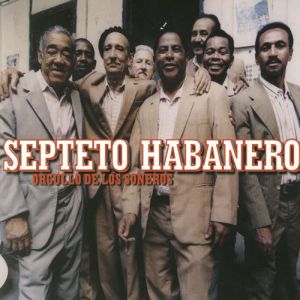9.10.1 The Matamoros Trio:

The Matamoros Trio, a group founded on May 8, 1925, in the eastern province of Santiago de Cuba. Miguel Matamoros had the honor of founding and directing a famous musical ensemble that bore his name and toured far and wide, becoming musical ambassadors with their endearing Cuban, criollísimo style, their voices accompanied only by guitars and maracas.
Comprised of Miguel Matamoros as lead vocalist and guitarist. A composer of fresh thoughts, rhetorical rhythm, good taste, and intensely Cuban cadence, his music, beautifully played by his trio, became truly popular. He did not use dissonances or other harmonic harshness in his accompaniments, leading several critics of the period to criticize him as a traditionalist and old-fashioned. Rafael Cueto, accompanying guitarist, performed a melodic-harmonic movement in the bass of his guitar, commonly known as tumbao (tumbao). He added some percussion components to the soundboard, which combined with the scratching done by Miguel on the lead guitar. Siro Rodríguez, second vocalist and maracas, developed an appropriate harmony that he associated with Miguel’s main vocals. He devised melodic figures that flourished the second voice’s performance with great fluidity and rhythmic elegance.
The Matamoros Trio traveled to the United States for the first time in 1928, where they made their first recordings. In 1929, they went to Mexico; in 1930, to Santo Domingo, Dominican Republic; and in 1933, they toured Venezuela, Panama, Curaçao, Puerto Rico, and Colombia. In 1960, they performed in the United States for the last time.
The group’s singular success is the result of the creative talent that everyone attributes to Matamoros. This is evident in the creation of the genre known as Bolero-Son. That is, to the poetic theme expressed in every bolero, he added the montuno (final part of the son), making the bolero a danceable genre. Examples of this are Lágrimas Negras (Black Tears), Ojos Hechiceros (Hechiceros Eyes), and A la orilla del Guaso (The Guaso’s Edge). The culminating fragment of this fusion of bolero and son is the song Lágrimas Negras (Black Tears), which has been recorded in hundreds of versions and marked a milestone in the musical history of Cuba and the Caribbean.
They performed for the Cuban people for the last time at the Chaplin Theater in early March 1960. That same month, they traveled to the United States. Upon their return to Cuba a short time later, they retired. After 35 years of intense artistic life, the Matamoros Trio disbanded.
A group of this prototype that achieved a high level of popularity and influence across the most diverse social strata. In countless recordings, they left us an unparalleled panorama of sones, boleros, and other genres of Cuban popular music, which were disseminated almost universally.








